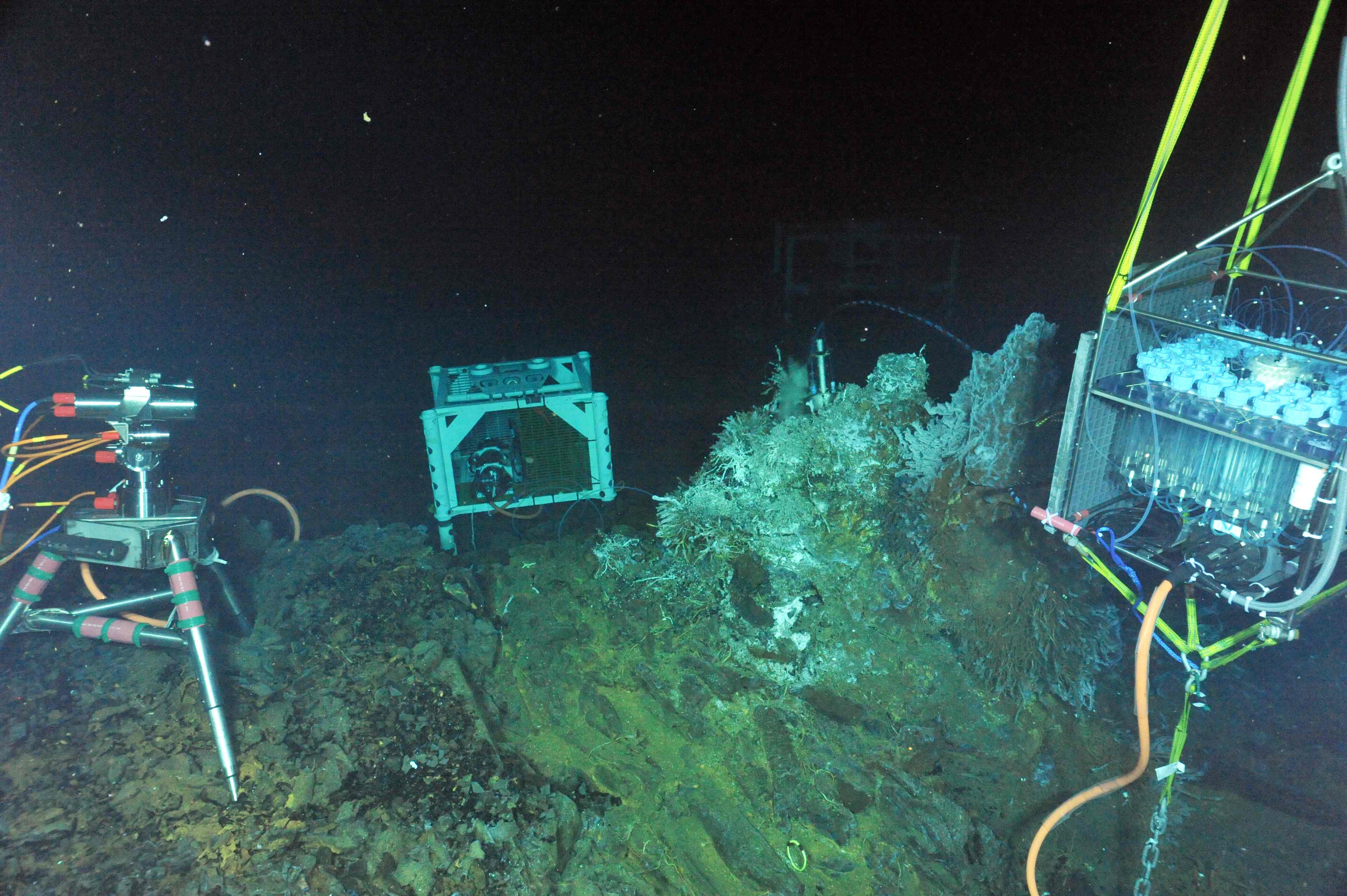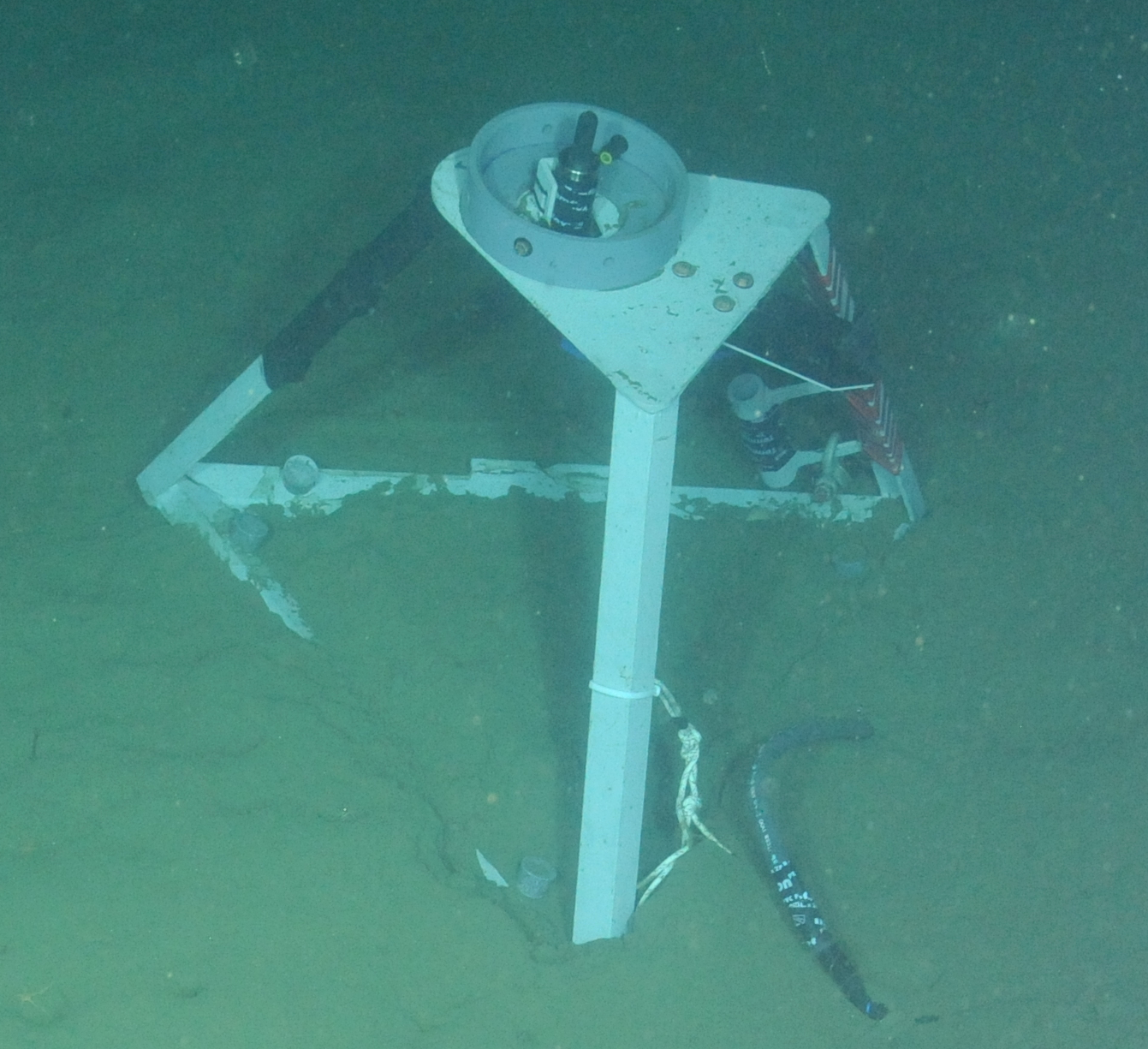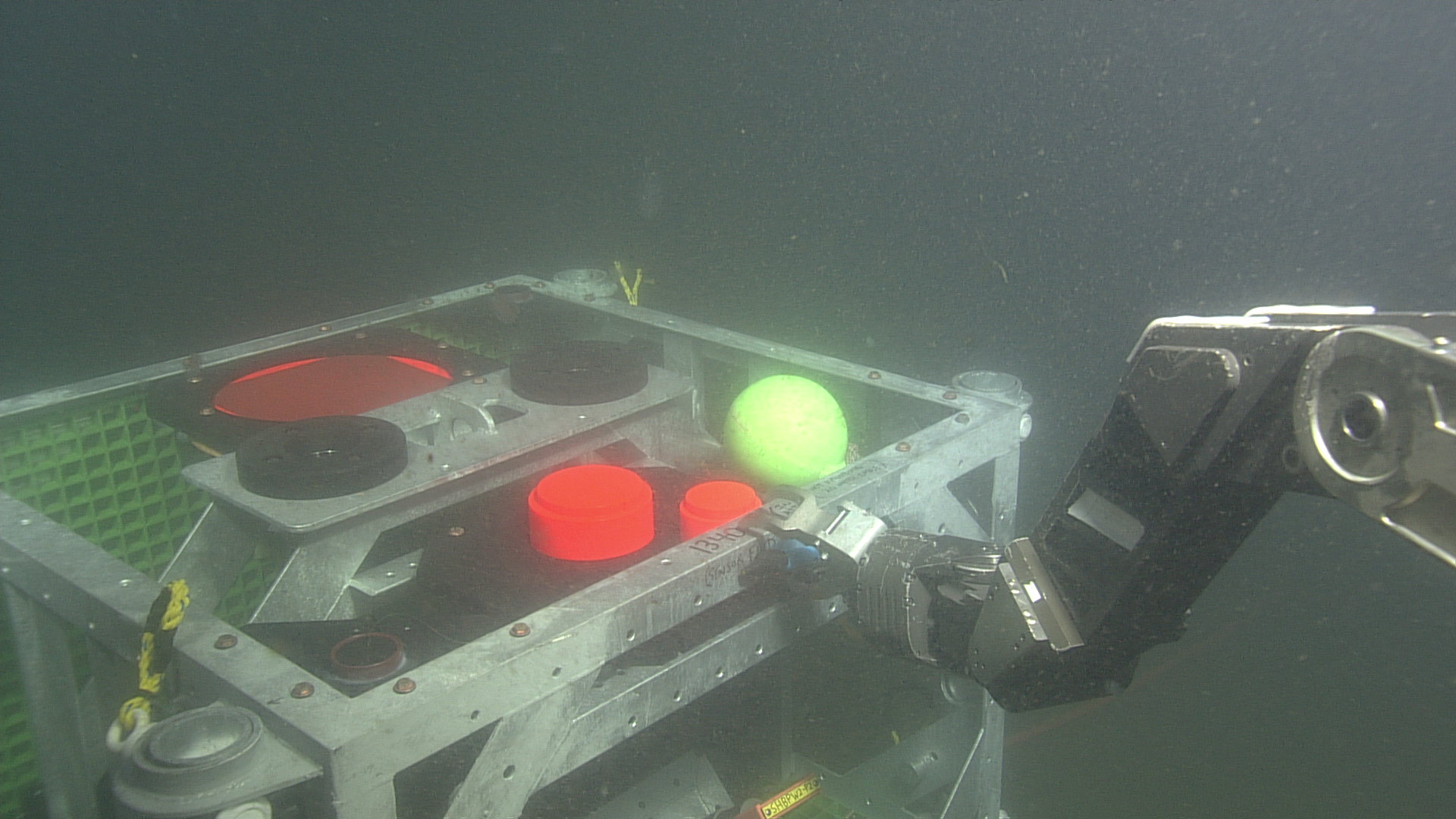Image Archive





























Blank placeholder profile picture

placeholder.png

v-17-banner

v-19-banner

v-18-banner

final_student

patchiness_in_the_oceans

Creatures of the Deep

Multiple sulfide spires cap the summit of the hydrothermal edifice Inferno in the ASHES hydrothermal Field. Credit: UW/NSF-OOI/WHOI; Jason Dive R1070; V19.

shawn-thomas_med

hunter-w-painting-20180911103725_med

don-headshot-20190318112720_med

profile_pic-20190318111457_med

Back_deckvisions14_back_deck_7_17_14.sm_med

Eastern_broadbandSDI1_2014-07-23-17_37_59_18115

Eastern_Bottom.Pressure.Tilt_.R1617_00116

The broadband seismometer and hydrophone being installed at the Central Caldera site on Axial Seamount. Credit: UW/NSF-OOI/CSSF; V14

Ash (glass shards) rest atop a leveling component on the bottom pressure tilt instrument at the Central Caldera site. Credit: UW/NSF-OOI/CSSF. V15

Central_Caldera

The Hydrothermal Vent Fluid In-situ Chemistry sensor deployed on Axial vent field via the MJ03C junction box (image from Tan, et. al 2015)

During ROPOS Dive R1729, a digital-still camera (left), a mass spectrometer (middle) and a fluid- and microbial-DNA sampler (right) were installed in the International District Hydrothermal Field at the vent called El Gordo. A titanium "hat" rests on top of the structure in a tubeworm and limpet patch. Inside the "hat" are temperature probes and intake nozzles for the fluid and DNA sampler. Photo credit: NSF-OOI/UW/CSSF; Dive R1729; V14. 




WET Labs's ac-s in-situ spectrophotometer provides simultaneous beam attenuation and absorption coefficients at four nanometer resolution across the visible spectrum. (Photo Courtesy of WET Labs)


SOO-Logo

Mike Vardaro on Visions'14 cruise
- Anemone
- Animal
- Arthropod
- ASHES
- Axial
- Axial Base
- Axial Biology
- Axial Caldera
- Bacteria
- Basalt Lava
- BEP
- Biofouling
- biolgoy
- Biology
- Camds
- Camera
- Camhd
- Central Caldera
- Ciliates
- Cnidaria
- Coastal Biology
- Crab
- Deep Profiler Mooring
- Dive Highlights
- Eastern Caldera
- Echinoderms
- Endurance Array
- Engineering Team
- ENLIGHTEN 10
- Exploratorium
- Fish
- Geology
- HD Camera
- HPIES
- Hydrate Ridge
- Hydrates
- Hydrophone
- Hydrothermal Vents
- Illustration
- Inshore 80 Meters
- Instrument
- International District
- J-BOX
- Jason
- Jellyfish
- Junction Box
- K12
- Lava
- Mollusk
- Moorings
- Nodes
- Nudibranch
- Octopus
- OOI
- Oregon Offshore
- Oregon Offshore 600 m
- Oregon Shelf
- Oregon Slope Base
- People
- PN1B
- PN1D
- Polychaetes
- PPSDN
- Primary Node
- RASFL
- ROCLS
- ROPOS
- ROPOS Dives
- ROV Team
- RV Revelle
- RV Sikuliaq
- RV Thompson
- Salp
- Sample
- SC13
- Science Team
- Sea Cucumber
- Sea Star
- Sea Urchin
- Seafloor
- Seismometer
- Sensors
- Shallow Profiler Mooring
- Shark
- Shipboard
- Shore Station
- Slope Base
- Smoker
- Soft Coral
- Southern Hydrate Ridge
- Sponge
- Squid
- Students
- Students & Guest Participants
- Tmpsf
- Tubeworms
- VISIONS 11 Leg 1
- VISIONS 11 Leg 2
- VISIONS 11 Viewers
- VISIONS 13
- VISIONS 14
- VISIONS 15
- VISIONS 16
- VISIONS 17
- VISIONS 18
- VISIONS 20
- VISIONS 22
- VISIONS 23
- Visualization
